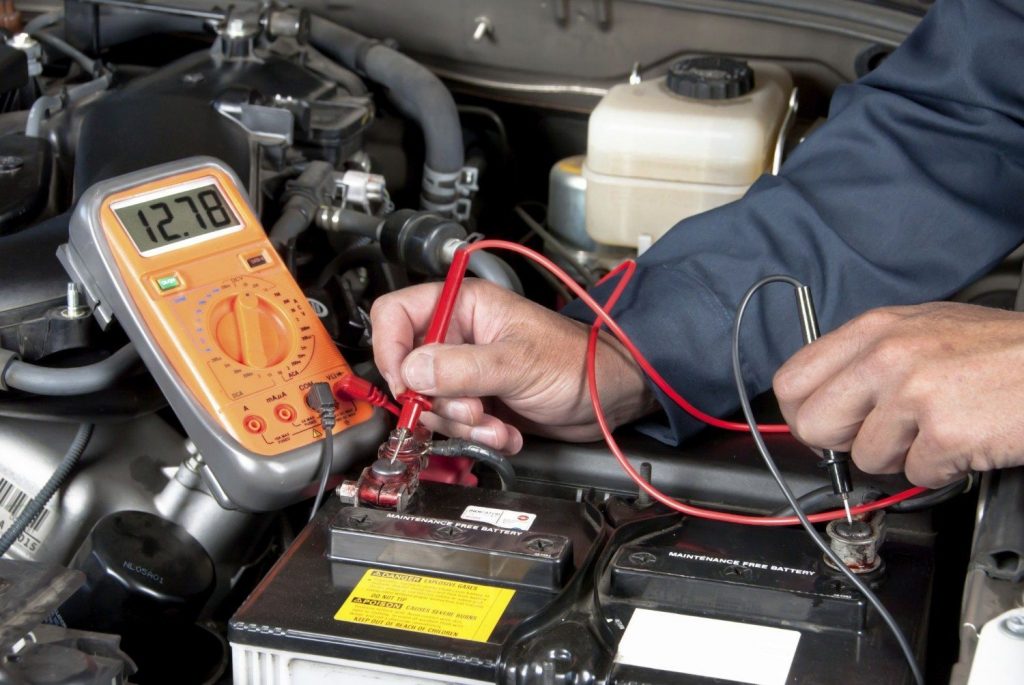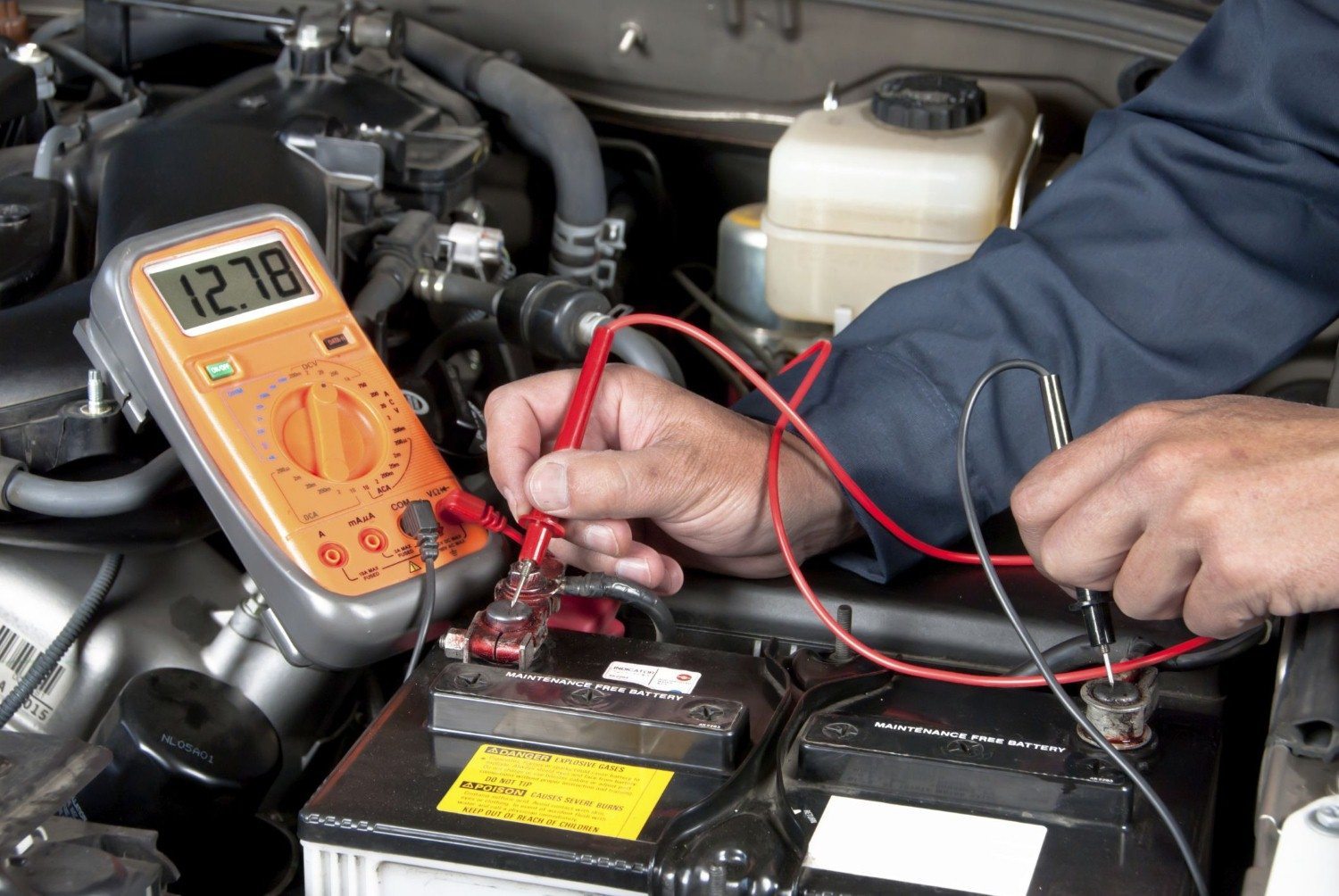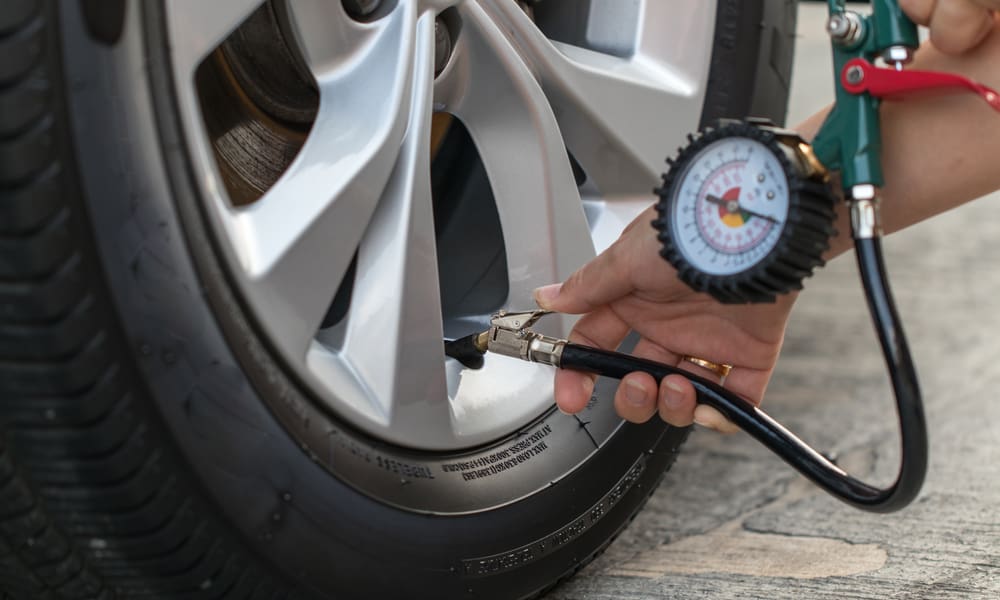Each season’s different weather conditions come with a series of safety tips for drivers who traverse the roads at that particular time. However, it would be fair to say that it is the wintertime that brings with it the greatest set of challenges.
Not only that, but the winter season also necessitates the most expenses when it comes to vehicle preparation. A car perfectly kitted out for the winter, from the snow tread tires right down to the asset tags for tools potentially hiding in the glove compartment, would probably set most drivers back more than they could afford. Most people will though prepare their car to some extent, which only underscores how winter is the time when driving becomes most perilous.
Of course, this is not really surprising. Nearly everything needed for optimal driving is compromised by winter weather conditions. Visibility is compromised by how dim and dark it can get; grip on the road is compromised by snow and ice; the flow of fuel and fluid around all the workings of your car is compromised by the cold; and so on. Most drivers are well aware that winter is when you prepare the car, drive carefully, and even avoid driving altogether where possible.
Nevertheless, millions of us have to drive all winter, and millions of us manage it without a problem. All it takes is a good knowledge of what the hazards are and how to deal with them. And how you deal with them will be a combination of what you do to your car and how you drive.
Preparing Your Car for Winter

Before getting on to those major winter road hazards and how to avoid them, it is worth talking a bit about how you can make sure you are generally prepared for all hazards associated with the winter. A car that is prepared for winter means less avoidable problems when the weather begins to turn. Therefore, you should start thinking about preparing your car for winter in the fall. Here are a few things to account for:
Check Your Tire Treads
And you could be doing so for two reasons. Foremost, you should check for wear on the treads, as the adverse effects of this are only amplified by winter road conditions. Secondly, you might be checking to see if you should swap out the tires entirely. It is not uncommon for drivers to change to winter tires with deeper groves and heavier treads.
Check Your Fluids
Most importantly, these should all be topped up, with anti-freeze added wherever necessary. The effects of running low on fluids can certainly be exacerbated by the cold, leading to the curious phenomenon of them seeming to run out quicker.
Check Your Car Battery
Your car’s battery should also be in good working order before the winter comes on. Car batteries are adversely affected by the cold, and they can hold less charge, take longer to charge, and run down quicker in cold weather. Sometimes, they don’t even function. However, a car battery in optimal condition is unlikely to experience any of these effects.
Common Winter Driving Hazards
So, that’s how you ensure you are entering the winter with a set of wheels up to the job. The next step is to get smart about what you can expect the winter to throw at you. Here follows some of the most common winter driving hazards, and how to tackle them:
Ice on the Road
Any source of water can freeze on the road when the weather’s cold enough. But this doesn’t necessarily mean that it always freezes in the same way, Depending on the temperature, whether or not it has been snowing, and how wet the road is, slippery road conditions can be anything from lots of slush that splashes around as you drive to the silent and nearby invisible black ice, which can be perilous when you’re accelerating or tackling comers.
The best way to deal with this is to ensure that your brakes are in perfect condition and that your tire treads are too. Beyond that, it is all about taking things slow and driving carefully.
Poor Visibility
In the winter, the light is poor (and it isn’t around for very long). Add to this rain-laden winter clouds and the low angle of the sun, and it means that most winter days are pretty dim, and you have pretty hellish conditions for driving when it comes to visibility. If you can, try to drive during the day, and always account for reduced visibility by driving slower.
Poor Tire Pressure
Even with the top treads, your tires are going to experience lower pressure when conditions are cold. If you keep an eye on the pressure level and pump them up regularly, you should be okay. Nevertheless, low tire pressure and the resultant compromised grip on the road are definite risks of the wintertime.
Cold Temperatures
The cold, in general, has many adverse effects on the functioning of a motor vehicle. We have already mentioned that your car fluids are going to circulate less freely in low temperatures, something which can often stop a car starting at all. Battery problems will be experienced in the cold, and there is also the simple effect that being cold can have on your driving. It sounds obvious, but it’s probably the number one winter driving hazard.
Winter Driving Advice
Knowing about winter driving hazards and tackling them with a winter-prepared vehicle will certainly take you a long way in making it through to the spring, but you also need to alter your driving at this time of year. There are a few specific tips, but they all revolve around the advice of taking things slower and being extra alert.
How you drive should always depend on how the visibility is and how your car’s grip on the road is. When driving in winter, you should keep in mind, for example, that your braking time and distance will be increased. This then leads to some logical advice such as keeping a larger distance between your car and the one in front, braking earlier, and driving at a reduced speed.
Similarly, visibility issues might mean that you cannot see oncoming traffic as well as you should. Accordingly, when you take that corner, you should be extra alert for cars coming towards you, and you should take the corner more slowly and carefully.
As a final point, you should know when conditions are simply too bad to drive. Much of this will be dependent on how well the roads are maintained and just how severe the winter actually is. Nonetheless, you should always notice when the road is just too slippery for you to drive down that hill, or when the snow storm has reduced your visibility to the point where your normal commute to work would just be downright dangerous.
When in doubt, err on the side of caution and do not get behind the wheel.
Conclusion
So, we have seen that tackling the winter as a driver is all about combining three things – preparing your car properly, learning how to recognize the hazards, and learning how to drive in winter conditions. Perhaps as a fourth factor, we could add that tackling the winter is also about recognizing when it’s best not to drive at all. By following the tips and becoming experienced on your local roads, however, you can significantly reduce the danger of the winter driving that you have to do.






GIPHY App Key not set. Please check settings